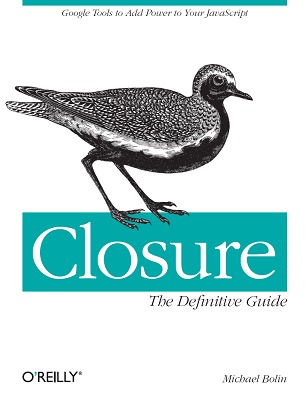Setting up the ad is awkward, as the HTML snippet I am instructed to embed is:
<a href="http://www.amazon.com/gp/product/1449381871?As I have highlighted in red, the source of the first image is a relative URL. That means you have to host the image yourself in order for this to work. Amazon has instructions that tell you as much:
ie=UTF8&tag=bolinfestcom-20&linkCode=as2&camp=1789&
creative=9325&creativeASIN=1449381871">
<img border="0" src="517mVDCbOtL._SL160_.jpg">
</a><img src="http://www.assoc-amazon.com/e/ir?
t=bolinfestcom-20&l=as2&o=1&a=1449381871"
width="1" height="1" border="0" alt=""
style="border:none !important; margin:0px !important;" />
IMPORTANT: Save this image to your server, then cut and paste the HTML code in the lower left textbox into your web page.
But...why? I can think of three possible reasons:
- Amazon requires the image to be on a foreign server because they have some bizarre tracking JavaScript that requires it.
- Amazon is too cheap to host the image themselves.
- Amazon is being dumb.
(Another nit: one of the image tags is self-closing while the other is not. Is Amazon trying to embed HTML or XHTML? I don't really care which, I'd just like them to be consistent!)
The image that Amazon provided me with was small and grainy, so I decided to use a different book cover image that I cropped from O'Reilly's web site (that is why it still has the Rough Cuts branding on it). At 56K, I really need to use Pngcrush, but I'll save that task for another day. By changing the source of the image tag from 517mVDCbOtL._SL160_.jpg to http://plovr.com/cover.png and embedding the HTML, everything seems to work just fine.
Except...then I wanted to enable the fancy Product Previews feature that enables a user to mouse over the book cover to get a hovercard with more product details. I followed the instructions and added the script tag to enable Product Previews on my page:
- On Firefox, the script works as intended.
- On IE 8, the hovercard appears briefly, triggering the progress bar. Once the progress bar finishes loading, the hovercard disappears again.
- On Webkit-based browsers (i.e., both Chrome and Safari), the hovercard appears, but it is empty. When I inspect it, the hovercard appears to contain an iframe with all of the appropriate content, except the CSS of the iframe is
visibility:hidden, which is why nothing is displayed.
<script type="text/javascript" src="http://www.assoc-amazon.com/A blocking script tag? Gross! As Steve Souders explains on his blog, Google Analytics has gone async and so should you! I wrote some JavaScript that would load Amazon's JavaScript asynchronously, but that did not work because Amazon's script contains a call to
s/link-enhancer?tag=bolinfestcom-20&o=1">
document.write(), so it must be executed while the page is still being written.For a company like Amazon, this is pretty pathetic. Again, they need to:
- Host the images for their products so the HTML snippet is easier to embed.
- Clean up the HTML snippet so it is consistent with its use of closing tags.
- Get a higher quality image for the cover of my book!
- Fix the JavaScript for the Product Previews feature so that it works on all modern browsers, including IE6 and later.
- Rewrite the Product Previews JavaScript so that it can be run after the page loads (i.e., so it does not depend on
document.write()).
- Change the Product Previews snippet that users have to embed so that it loads the Product Previews JavaScript asynchronously.
